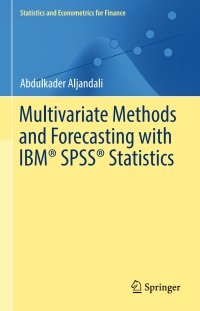Question
Question 1 Please use data in sheet beta_portfolios for this question. The data description is included in the Excel file which you should read carefully.
Question 1
Please use data in sheet beta_portfolios for this question. The data description is included in the Excel file which you should read carefully.
The Capital Asset Pricing Model (CAPM) predicts that differences in the exposure to market returns should explain all cross-sectional expected return differences between different assets. In this question, you will evaluate CAPM using annual data on portfolios sorted by CAPM beta from 1964 to 2019.
a)Compute the average return, volatility, average beta, and Sharpe ratio for each portfolio.
b) As a mean-variance investor who needs to pick one of the five beta-sorted portfolios, which portfolio would you choose?
c) Show graphically that CAPM does not hold. To do this, plot the security market line (SML) predicted by the data on the market return and the riskless rate along with the average returns and average betas of portfolios.
d) What does the relation between the expected portfolio returns and betas imply for mispricing under the assumption that the CAPM is the right model? Which portfolios are overpriced, and which portfolios are underpriced?
Question 2
In this exercise, we will implement a simplified version of the Betting Against Beta (BaB) strategy. For this purpose, we construct a zero-cost market-neutral (zero-beta) strategy by taking a levered position in portfolio 1 (the lowest-beta portfolio) and a delivered short position in portfolio 5 (the highest-beta portfolio) using the portfolio betas each year. a) Compute the returns of a levered version of portfolio 1 that has the same beta as the market portfolio. What is the average annual return of this portfolio? Assume that the riskless rate can be used for both borrowing and lending.
b) Compute the returns of a delivered version of portfolio 5 that has the same beta as the market portfolio. What is the average annual return of this portfolio? Assume that the riskless rate can be used for both borrowing and lending.
c) Consider a zero-cost strategy that is long in the levered portfolio from a) and short in the delivered portfolio from b). What are the average return, Sharpe ratio, and a beta of this strategy?
d) Interpret the results from c) in an economy where the only systematic risk is exposure to market risk, and therefore the CAPM is the right model of risk and return
Question 3
a) Some researchers have argued that the CAPM does not appear to hold due to high borrowing costs for investors. That is, the cost of borrowing to lever up low-beta portfolios is higher than the riskless rate. Repeat the exercise in a), b), and c) of Question 2 assuming that the borrowing costs of investors are higher than the riskless rate by 6 percent.
b) How does your conclusion in d) of Question 2 change in terms of the feasibility of exploiting mispricing in a CAPM world?
Step by Step Solution
There are 3 Steps involved in it
Step: 1

Get Instant Access to Expert-Tailored Solutions
See step-by-step solutions with expert insights and AI powered tools for academic success
Step: 2

Step: 3

Ace Your Homework with AI
Get the answers you need in no time with our AI-driven, step-by-step assistance
Get Started


